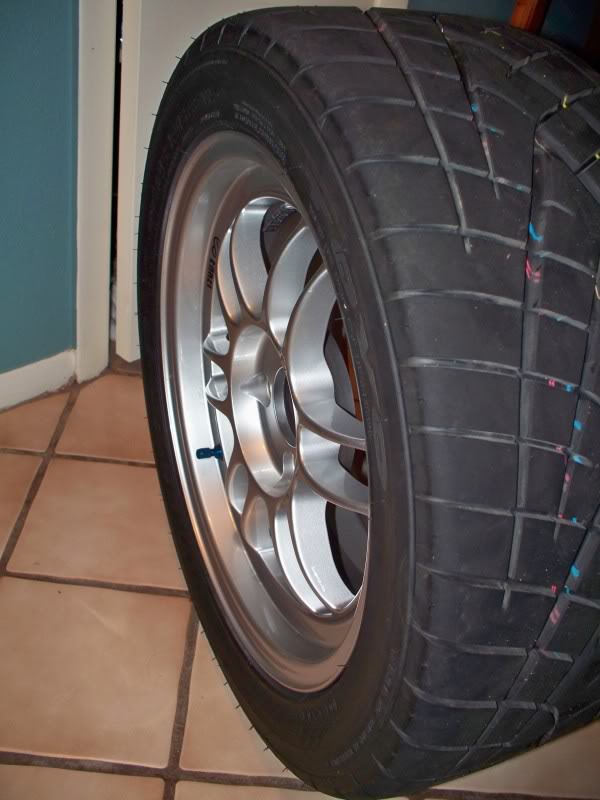At the dealer, new vehicles are equipped with their original equipment wheels and tires. Unfortunately, these vehicles are rarely sold with a second set of rims. However, given our country’s harsh weather conditions, an extra set of wheels can come in handy.
A lot of Canadians choose to invest in a second set of rims for winter use only, but is it really worth it? Why should you do it?
1. To Save Money
To determine if an extra set of wheels is a good investment in your particular situation, you should start by asking yourself one question: How long are you going to keep your vehicle? If you plan on keeping the same car for at least three years, then a second set of rims is certainly worth the expense. The reason is quite simple. With this extra set of wheels, you won’t have to pay for mounting and balancing every season, which costs $70-$120 (depending on your location) twice a year.
Furthermore, with a winter-dedicated set of rims, it’ll cost you only $25-$30 to have them installed on your vehicle and you'll spend less time at the shop! At the end of the day, you’ll end up saving twice a year. And after three years, your investment will pay off.
These days, most new vehicles are sold with large alloy wheels. These rims have a big diameter which means they require big (and often expensive) tires. If you decide to purchase a second set of rims for winter, you can go for smaller wheels that'll fit with smaller tires, which are generally cheaper. You can also choose steel wheels, a cheap alternative, which is quite popular during winter in Eastern Canada.
Here's a simple calculation to demonstrate how an extra set of wheels can help you save money:
Average cost for mounting, dismounting and balancing x Times per year x Number of years with the same vehicle
$70 x 2 x 5 = $700
B.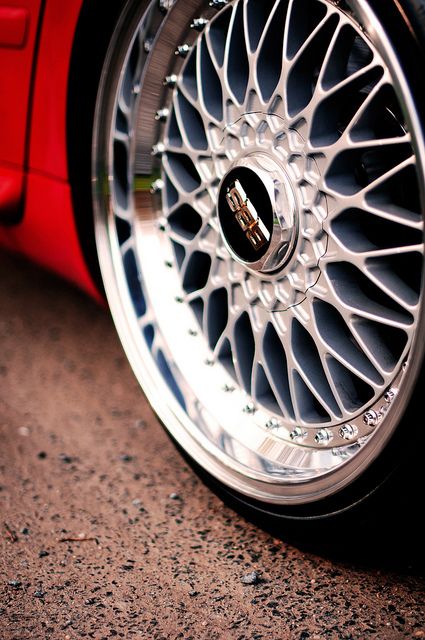 With two sets of wheels:
With two sets of wheels:
Average cost for 4 steel wheels + (Average cost for changing wheels x Times per year x Number of years with the same vehicle)
$225 + ($25 x 2 x 5) = $475
> Savings of $225 after 5 years
2. To Avoid Damaging Your Tires
Purchasing an extra set of rims for winter will also help you keep your winter tires in good shape. Mounting and dismounting every season leads premature wear on the tire bead, causing a higher risk of air pressure leak. Having a second set of wheels automatically lowers the number of manipulation of your eight tires and prevents them from wearing or tearing prematurely.
3. To Avoid Damaging Your Wheels
Winter can be pretty rough on wheels. Of course, if your car is equipped with steel wheels, you don’t have much to worry about, but if you are driving with alloy wheels, think twice. If you plan on keeping the same set of wheels on your vehicle all year, choose a finish that’ll resist winter conditions. Some wheels can easily be damaged by snow, salt and dirt while others are perfectly adapted to our harsh winters.
If you plan on keeping the same set of wheels on your vehicle all year, choose a finish that’ll resist winter conditions. Some wheels can easily be damaged by snow, salt and dirt while others are perfectly adapted to our harsh winters.
In conclusion, getting a second set of wheels for winter is an excellent decision if you plan on driving the same vehicle for over three years. Although it might seem like a big expense at first, this extra set of rims will make your life a whole lot simpler, minimize the wear of your tires and wheels and help you save money.
When it comes to Canadian winters, winter tires a must for navigating snowy and icy roads. As Canadians, we are no strangers to the semi-annual tire swap performed on our vehicles.
Most of us tend to switch between our all season and winter tires on the same set of rims. In most cases, it’s the high cost that prevents motorists from considering an additional set of rims.
If you share the same set of rims between both sets of tires, you may want to consider acquiring an extra 4 rims specifically for your winter tires. Even though it may carry a large up front cost, having an extra set of rims for your winter tires is beneficial for your vehicle, your tires and, ultimately, your bank account.
First and foremost, the upfront costs of additional rims will save you money in the long run. Most auto shops charge an additional fee to remove tires from the rim and place a different tire on the rim. When you have your winter tires placed on their own rims, you are only paying for the balancing and installation of the tires.
You will also save money on having to replace your rims in the future. When you use the same set of rims throughout the year, you run the risk of damage caused by snow, ice and salt. Also, having tired removed and placed onto the rim over and over will cause unnecessary wear and tear to the rims.
When it comes to choosing a set of rims for your winter tires, you have a choice between steel and alloy rims. Cost-wise, steel rims are less expensive but alloy rims are available in a wide price range. Before you get caught up on sticker prices, consider which rim is more appropriate for your needs.
Do keep in mind that steel rims are the recommended choice for winter tires and winter driving.
They contract in size far less than alloy rims in cold temperatures. The more a rim contracts, the more inconsistent tire pressure becomes.
Uneven tire pressure can lead to uneven traction and tire wear issues. Since the tires can wear to differing degrees, your vehicle may experience instability issues including bad traction and brake problems.
Alloy rims are more stylized than the functional appearance of a steel rim. However, many chrome finishes on alloy rims are not warrantied in the wintertime.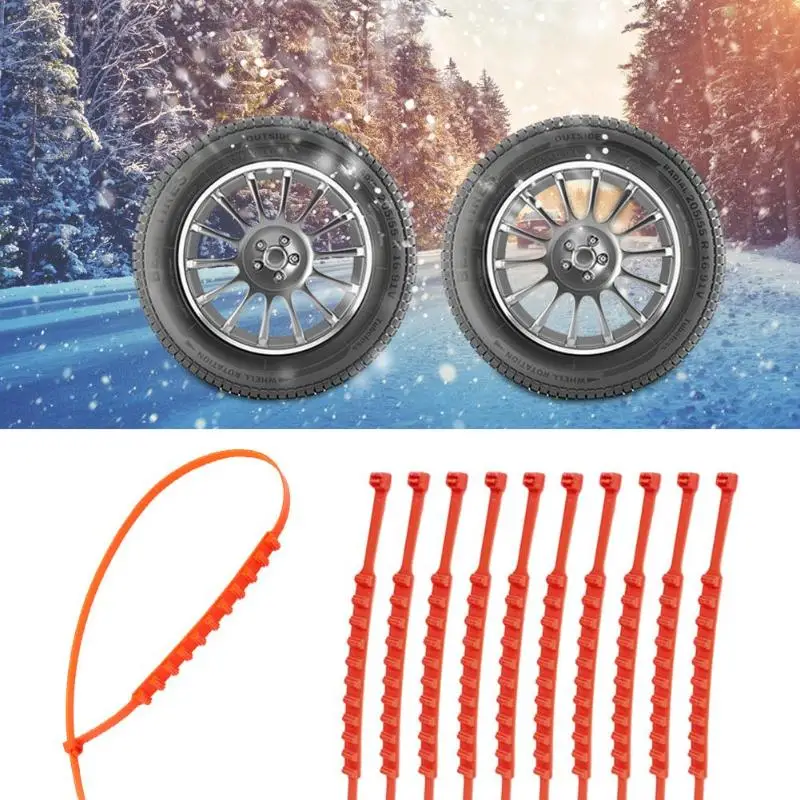
Alloy rims without fancy finishes do have the advantage of being more resistant to rust and corrosion caused by road salt.
Even though steel rims are prone to rust, they can be easily repaired and repainted. They are also easier to repair than alloy wheels when it comes to dents – which are more likely to happen during the winter season due to road conditions and potholes.
Alloy rims are lightweight whereas steel rims are heavier and can cause decreased acceleration and poorer fuel efficiency.
This may be advantageous in the wintertime, however. Heavier rims help the tires grip more closely to snow and ice, making winter driving safer.
For every Canadian vehicle owner, winter tires are an important investment – not only financially, but for safety as well. Winter tires are only as good as their condition, so taking care of them should be a priority.
The mechanics at Park Muffler can help you keep your winter tires in excellent condition by offering professional servicing, repair and installation.
Contact us today for more information about proper tire care!
We have collected the questions most often asked by our customers and answered them in one big article.
In the fight for buyers, wheel manufacturers use different coatings and strive to make the wheel decorate the car. The appearance of the wheel is one of the important parameters that attracts the attention of the buyer and makes him make a purchase.
In summer, discs are less affected than in winter, so you need to carefully select discs for different seasons.
The weather is warm and dry in summer, so you can indulge yourself with bright beautiful wheels. Feel free to choose colored or chrome wheels, if allowed by the car manufacturer, or install large diameter wheels. Give your car a sportier, more stylish look with rims that are narrower at the front and wider at the rear.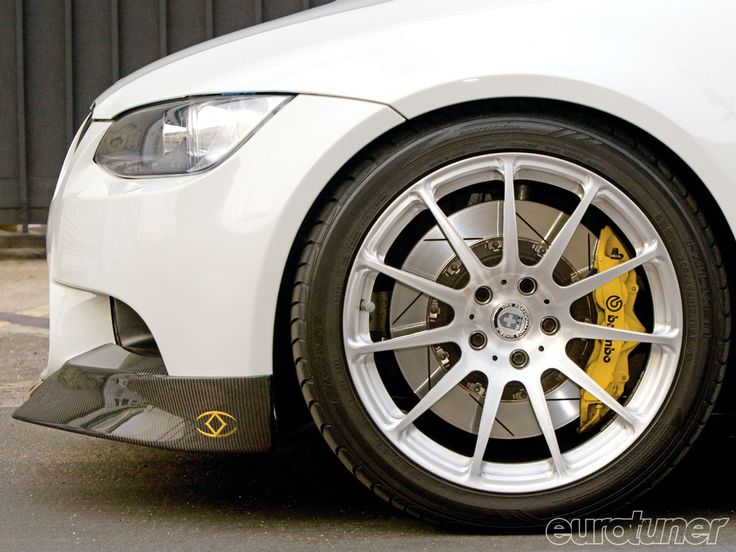 The network "Nakolesakh.ru" offers a wide range of disks from all manufacturers represented in Russia.
The network "Nakolesakh.ru" offers a wide range of disks from all manufacturers represented in Russia.
Wheels with different widths
Wheels with different widths increase the contact patch of the drive wheels and the traction force with the road surface, give the car a stylish sporty look.
The selection of winter rims is determined by weather conditions. We recommend installing classic silver rims. They are made using proven technology and serve for a long time. Before painting, the metal of the disc is processed, covered with several layers of primer. Only then paint is applied to it, and then several layers of varnish.
We recommend choosing smaller diameter discs in winter. For example, if you ride in the summer with 19-20 size rims, you can switch to the 18th size. This will make the car more stable and driving safer.
You don't have to call your dealer to find the right size rims.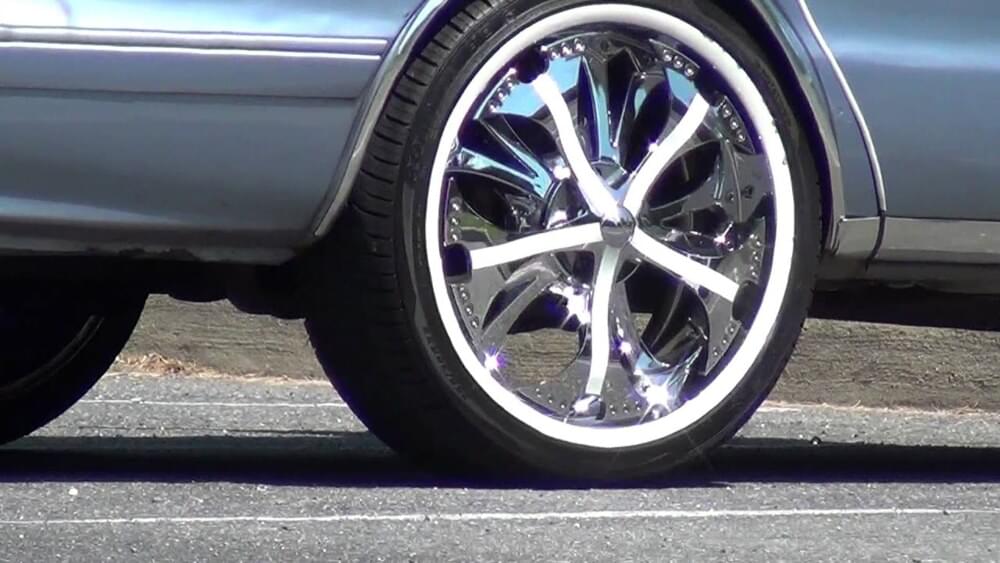 Use our selection by car. The program will automatically tell you what diameter discs can be installed on your car.
Use our selection by car. The program will automatically tell you what diameter discs can be installed on your car.
Pick up discs
Remember that changing the diameter of the disk, you will have to change tires.
In the wheel selection program, in addition to the required parameters, we always offer a photo so that you can choose the right design.
But sometimes when choosing a disc with five mounting holes, the picture shows a disc with four holes. For example, when selecting disks with a width of 7, a diameter of 16, and a drill of 5 × 114.3, among the results there is a photograph of a disk with only four holes.
The fact is that in one design there can be discs of different sizes: four, five, six holes. The photo shows the disc design only and will not affect your order in any way.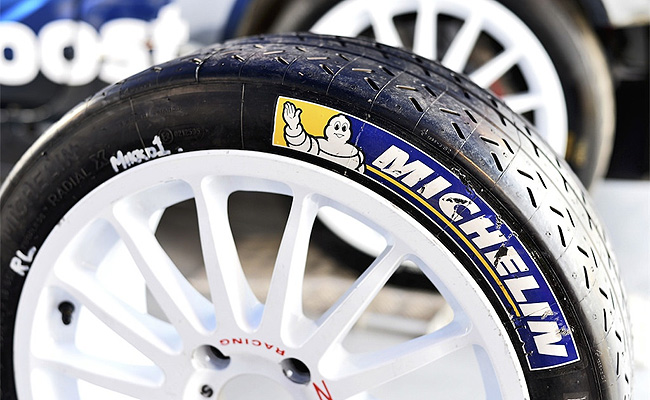 You will receive exactly the size you ordered.
You will receive exactly the size you ordered.
The situation on the wheel rim market is changing quite quickly. If in 2002 only a few people knew about discs from China, then in 2012 their sales in Russia amounted to 60%. Many European brands have moved their production to China. Together with them, the share of Chinese disks will be about 70-80%.
70-80% of all wheel rims are produced in China
Other manufacturers present on the market are German, Italian and Russian companies. Unlike domestic tire manufacturers, domestic wheel manufacturers are increasing their capacity and fighting for market share.
Anyone who has communicated with Chinese manufacturers knows that they work according to the principle “Everything for the customer”. Russian sellers developed relationships with Chinese manufacturers, as in a fairy tale about a greedy rich man and seven sheepskin hats. Therefore, at first, volumes of low-quality Chinese scrap metal rushed to Russia.
Therefore, at first, volumes of low-quality Chinese scrap metal rushed to Russia.
The Chinese make quality products for the US and Europe. There, people have long understood that a quality product costs money. There are a number of technological processes in the production of discs. Let's designate them, for example, with the number 15. So, 15 processes need to be done in order for a disk to appear from an aluminum ingot. These 15 production processes cost, for example, $100. As a result, the Russian seller, in search of profit, agrees to reduce technological processes : instead of 15, they make 8-10, and it already costs $50-60.
The most dangerous thing is that outwardly low-quality discs cannot be distinguished from high-quality ones. A violation of the production technology cannot be seen from the outside, it can be determined by an examination or personal bitter experience of operating these discs on Russian roads.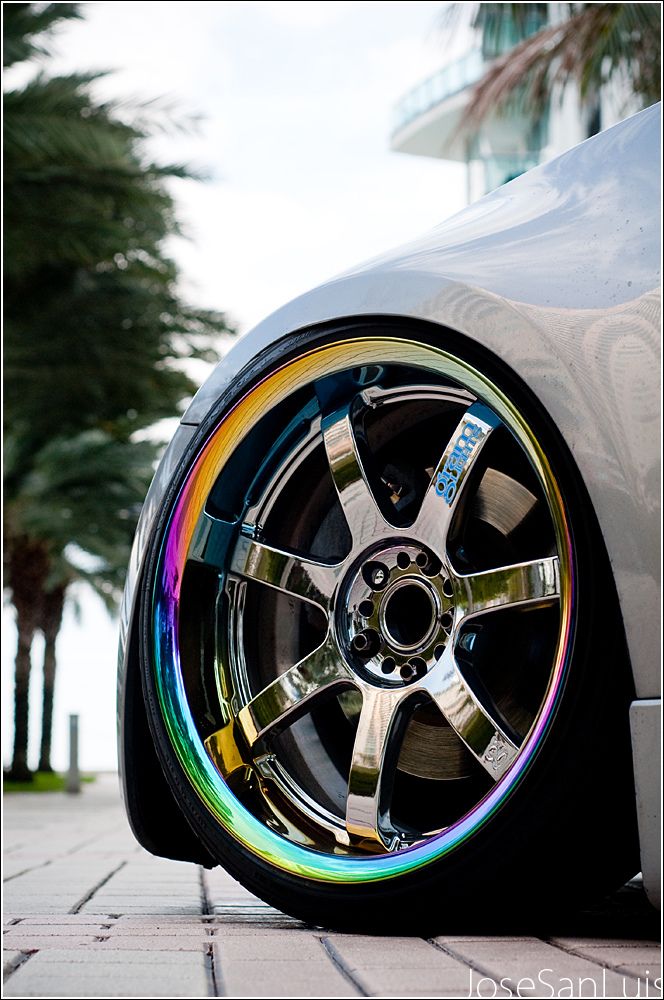
In order for the buyer to be calm and confident in the quality of the purchased discs, we recommend buying goods in our network. We provide:
Choose calmly what you like, we are responsible for the quality.
An original part is a product (spare part) of a car, which is produced under the company logo of the automaker. What is the purpose of the original parts?
A great marketing ploy is to put a BMW stamp on the part. Why invent something else, everything has already been invented for us.
This is how a person works: it is more convenient for him when he is advised, selected and recommended.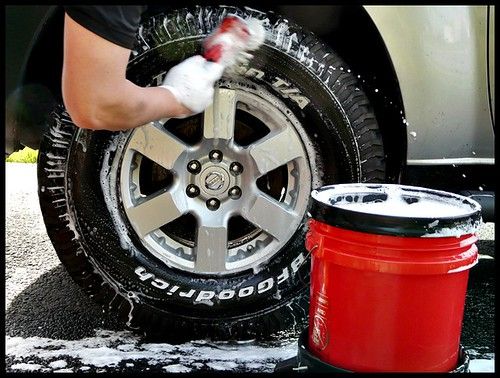 Think for yourself: in order to choose an air filter for a BMW, how many things you need to sort out and listen to. And by the VIN number - once, and you have a filter, and even in a box with the BMW logo. Everything would be great, but the seller of the "original" charges an additional fee for such a service. And the additional fee is sometimes 2 times the cost of the same part, produced in the same plant, only without the BMW logo. As they say: "Nothing personal - it's business!"
Think for yourself: in order to choose an air filter for a BMW, how many things you need to sort out and listen to. And by the VIN number - once, and you have a filter, and even in a box with the BMW logo. Everything would be great, but the seller of the "original" charges an additional fee for such a service. And the additional fee is sometimes 2 times the cost of the same part, produced in the same plant, only without the BMW logo. As they say: "Nothing personal - it's business!"
VIN number
Vehicle identification number (
From Wikipedia
VIN) is a unique vehicle code.
As for the original discs, 95% of the factories for their production have been transferred to China. An original rim is a rim with original parameters suitable for a specific vehicle. A design developed specifically for this car with its logo is an excellent idea!
Replica - a product that completely copies the original, with minor design changes to avoid lawsuits (this applies to discs). In fact, the first to start selling replica discs were the Italians. Then the Turks "pulled themselves up", and then the Chinese "swept away" everyone. 100% of the market for copies of the original is now held by Chinese manufacturers. They also produce 95% of the original discs. Now it is clear why it is not difficult for them to make copies.
In fact, the first to start selling replica discs were the Italians. Then the Turks "pulled themselves up", and then the Chinese "swept away" everyone. 100% of the market for copies of the original is now held by Chinese manufacturers. They also produce 95% of the original discs. Now it is clear why it is not difficult for them to make copies.
Sometimes in showrooms you can hear from the acceptance master that non-original disks are installed on the car, and it will be removed from the warranty. This statement is illegal. If you are presented with a claim of this kind, contact the management of the salon or service center.
Notice to the consumer
The difference in the price of discs: the original costs 2-3 times more.
The quality is the same,
, since the original and the replica can be produced in the same factory, but go on sale through different channels.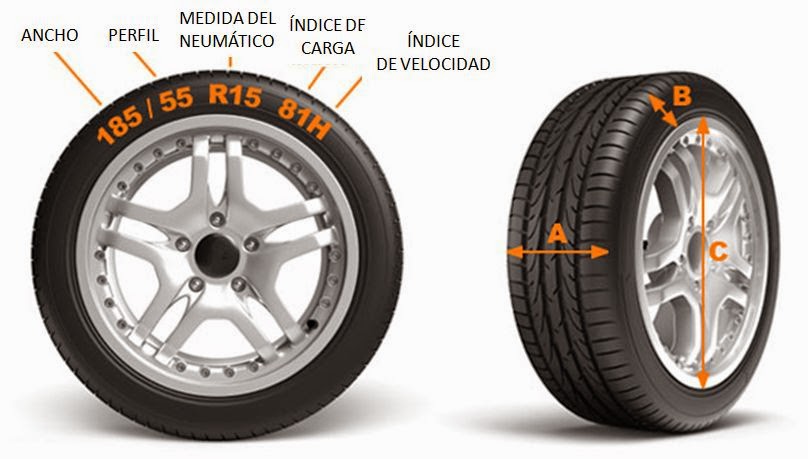
The replica is sold without original automaker stickers.
To understand why "casting" is bad with the onset of cold weather, let's recall the specifics of driving in winter.
For example, the middle zone of our country is characterized by quite severe frosts, sharp temperature changes, ice, high humidity, snowfalls, as well as mud, sand, reagents and deep potholes in the asphalt that appear on many roads by the middle of winter. Why is such specificity bad for alloy wheels?
It's not entirely obvious, but the design of the lion's share of alloy wheels suggests numerous spokes and just as many "gaps" between them. In other words, the gates are open here for dirt, which inevitably appears on winter roads and reaches the brake mechanisms.
Whereas the front disc brake calipers cope relatively well with such a mud attack, the rear brakes, especially the drum type, suffer from abrasive effects.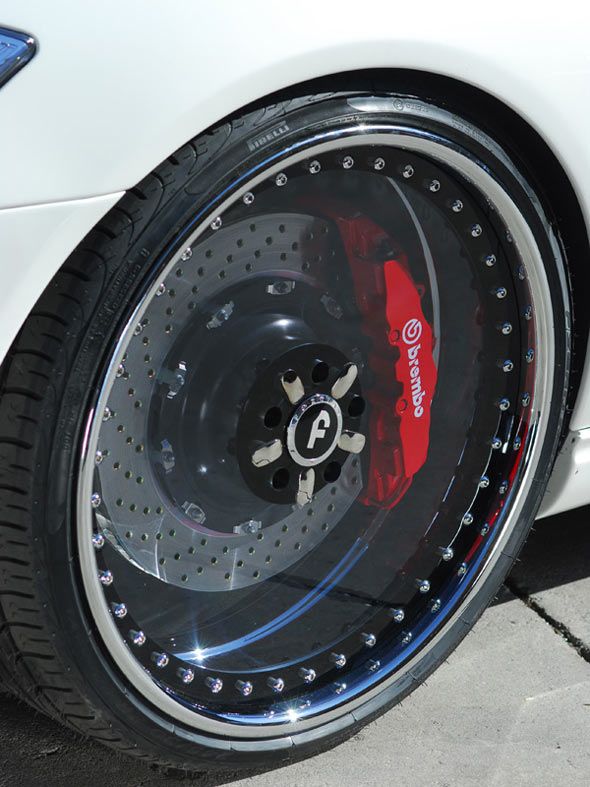 Sand seeps into microcavities, gets on the working surfaces of the brakes and reduces the resource of the unit. In addition, dirt stuck to the inside of the discs is difficult to remove, and its residues disturb the balance of the wheel. In this sense, "stamping", especially covered with deaf caps, protects the brake mechanisms to a much greater extent.
Sand seeps into microcavities, gets on the working surfaces of the brakes and reduces the resource of the unit. In addition, dirt stuck to the inside of the discs is difficult to remove, and its residues disturb the balance of the wheel. In this sense, "stamping", especially covered with deaf caps, protects the brake mechanisms to a much greater extent.
The same architecture with spokes can "put the pig down" during snowfalls. For example, after a long drive on snow slush or in a snow rut on a car with alloy wheels, wet snow is guaranteed to settle on the inner surface of the rim and stick around the spokes, including from the inside. As a result, there will be a strong imbalance, which can be eliminated only by driving to a car wash or a warm garage. Meanwhile, often after driving in the snow you have to go to the highway, and the vibrations become so strong in this case that the handling suffers, and the driver has to slow down.
Another well-known disadvantage of a cast disc is its low ductility.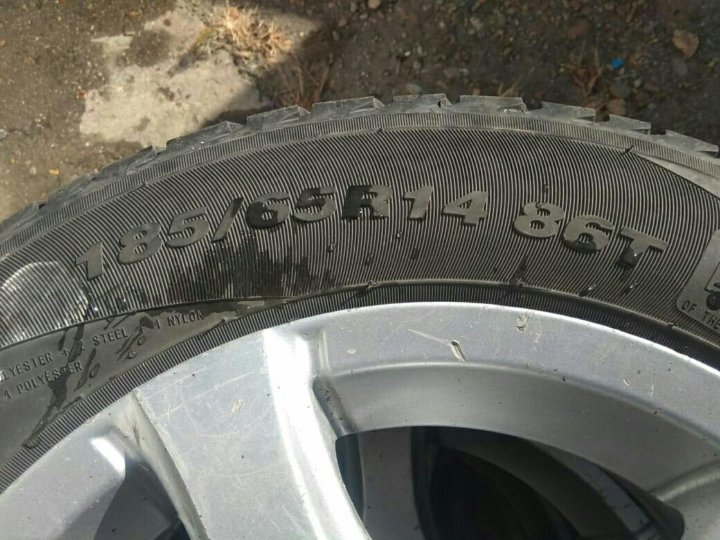 Since there are noticeably more potholes and deep cracks in the asphalt in winter than in summer, the contacts of wheels with sharp edges of such holes also become more frequent. Meanwhile, if a stamped disc bends in such a situation, and it can be easily and for a small fee straightened out at a tire fitting, then the “casting” may crack or even split.
Since there are noticeably more potholes and deep cracks in the asphalt in winter than in summer, the contacts of wheels with sharp edges of such holes also become more frequent. Meanwhile, if a stamped disc bends in such a situation, and it can be easily and for a small fee straightened out at a tire fitting, then the “casting” may crack or even split.
The destruction of the disc, if it occurred at high speed, is very dangerous, because it is fraught with loss of control. In addition, since, due to the rigidity of the alloy wheels, they do not help the chassis to dampen the shock in such a situation, and the destructive force will be transferred, as if by baton, to the car's suspension. Let's designate another important point - although the technology for repairing cracked alloy wheels has been worked out, it is expensive, and more importantly, such service activities are prohibited by the Technical Regulations of the Customs Union. Namely, paragraph 5.7.2 of this document states that "the presence of cracks on the disks and wheel rims, as well as traces of their elimination by welding" is not allowed.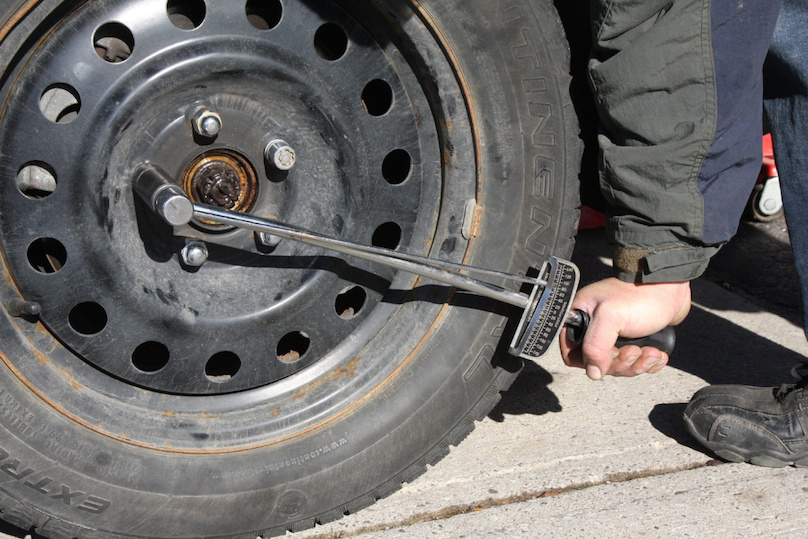
Although, in theory, alloy wheels are considered to be better protected from road chemicals than "stamping", in practice it turns out that it is the "casting" that suffers to a greater extent in winter. How does this happen? A typical case is the formation of characteristic lateral gouges on the edges of the rim of an alloy wheel when it comes into contact with the curb when parking. If the “stamping” becomes wrinkled with such contact, and it can then be easily straightened and tinted, then the protective varnish layer is literally torn off from the alloy wheels and tracks are cut in the form of scratches and chips.
Not only does the cast disc lose its aesthetics, in some cases the reagents begin to actively “eat away” protective coatings and damage the internal structure of the disc. In addition, light-alloy wheels with polishing are worse than stamped ones to withstand temperature changes, and in particular, they are not recommended for washing with hot water. Otherwise, their smooth and shiny coating is destroyed.